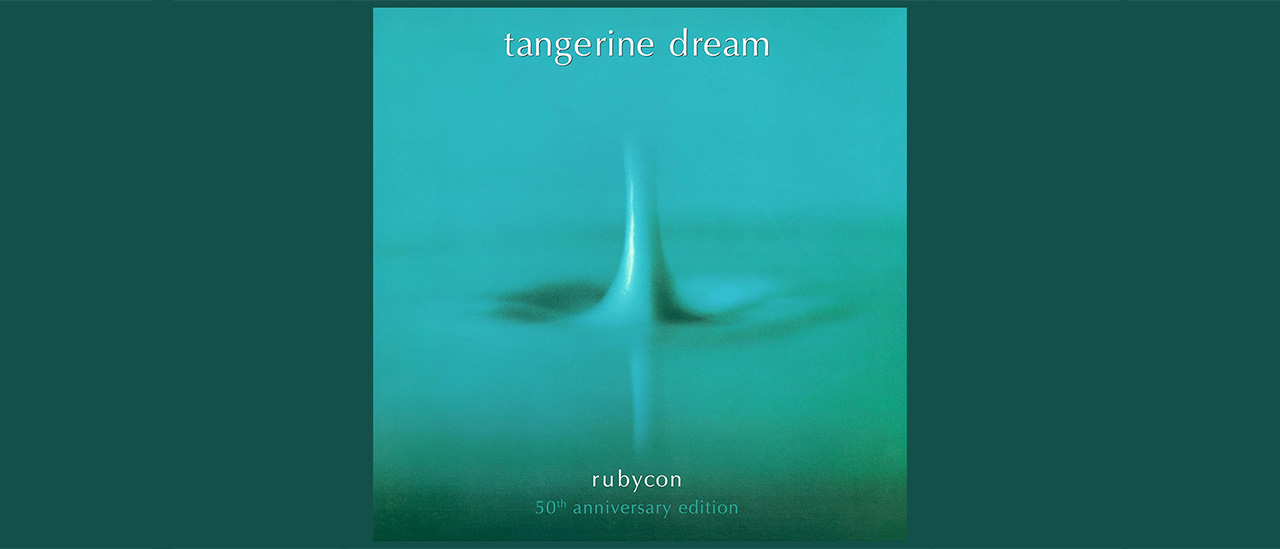Ten Songs Inspired By H.P. Lovecraft
Tentacle metal

Yesterday was the birthday of the much-revered horror and science fiction writer H.P. Lovecraft (he would have been 124), and in honour of the man who gave the world Cthulhu here are ten band's who found influence in the author's great work.
Black Sabbath – Behind The Wall Of Sleep
This song was based on the H.P. Lovecraft short story Beyond The Wall Of Sleep, which mixed insanity with telepathy and beings outside of the normal dimensions of human experience. It was dark, doomy and perfect for the fledging Sabbath.
Metallica – Call Of Ktulu
Lovecraft created the deity Cthulhu in a short story called The Call Of Cthulhu. This being supposedly had an octopus’ head and a face that was a mass of tentacles, a scaly body and wings. But Metallica actually got the inspiration for this song from another Lovecraft story, The Shadow Over Innsmouth.
Cradle Of Filth – Cthulu Dawn
While the theme for Cradle Of Filth’s album Midian came from Clive Baker’s novel Cabal, this song nods towards Lovecraft, and the Cthulhu Mythos, the universe created around Cthulhu that was subsequently developed not only by Lovecraft, but other authors who were inspired by him.
The latest news, features and interviews direct to your inbox, from the global home of alternative music.
Samael – Rite Of Cthulhu
Another song based on the Cthulhu Mythos. This term was first used by August Derleth, a contemporary of Lovecraft, to describe the manner in which the latter had created a specific universe with lores and gods of its own.
Electric Wizard – Dunwich
This is based on The Dunwich Horror, one of Lovecraft’s most renowned short stories. It’s set in a mythic town in Massachusetts, where dark powers are used to unleash a terrible, invisible creature This is only defeated by the use of a magic powder, when its secret is revealed.
Hypocrisy – Necronomicon
The title is that of a fictional grimoire, created by Lovecraft and used in many of his stories. It’s said the very act of studying this can be dangerous; those who do will suffer terribly. In this respect, it mirrors a legend of Kaballah, which again is said to be fraught with similar dangers.
Mekong Delta – The Music Of Erich Zann
The title of a short story by Lovecraft. The plot here is about a blind musician who uses secret melodies and rhythms to fend off terrifying creatures, poised to invade this dimension through a portal that overlooks his window.
Entombed – Stranger Aeons
The song was inspired by Lovecraft’s 1921 story The Nameless City, which is considered the first to be published in the Cthulhu Mythos. The title comes from the couplet: ‘That is not dead which can eternal lie, And with strange aeons even death may die’.
Septicflesh – Lovecraft’s Death
A song that uses many Lovecraftian allusions, characters and storylines to explain in a lyrical sense the impact that he had on literature in the first part of the 20th Century. This is a hymn of homage to him, rather than a lurid description of his demise.
Bal-Sagoth – Shackled To The Trilithon Of Kutulu
This is from Bal Sagoth’s album The Cthulhu Chronicles, which was inspired by Lovecraft, even though none of the lyrical content is directly attributable to anything he wrote. But in the great Lovecraftian tradition, the band took his work as a springboard for their own imagination. Something that’s been happening for decades.
“Cthulhu by Alexander Liptak” by Alexander Liptak – http://xanderart.tumblr.com. Licensed under Creative Commons Attribution 3.0 via Wikimedia Commons
Malcolm Dome had an illustrious and celebrated career which stretched back to working for Record Mirror magazine in the late 70s and Metal Fury in the early 80s before joining Kerrang! at its launch in 1981. His first book, Encyclopedia Metallica, published in 1981, may have been the inspiration for the name of a certain band formed that same year. Dome is also credited with inventing the term "thrash metal" while writing about the Anthrax song Metal Thrashing Mad in 1984. With the launch of Classic Rock magazine in 1998 he became involved with that title, sister magazine Metal Hammer, and was a contributor to Prog magazine since its inception in 2009. He died in 2021.

